Amid initial hope, be cautious to ensure Vero Beach, Sebastian region grows gracefully
This column has been amended to correct the date of the county's final urban services meeting.
I felt a little optimistic after attending the first of a series of meetings on future development in Indian River County.
Emphasis on “a little.”
It was the day after St. Lucie County commissioners continued to let developers run rampant just south of the Indian River County line. In one instance, they let developers build apartments in a once-rural and historic area of eastern Indrio Road. In another, they began gutting a longtime plan to avoid cookie-cutter subdivisions and urban sprawl on the western end of the road near where a Buc-ee’s could end up.
That came days after Martin County commissioners wrecked their comprehensive plan and allowed developers to seemingly build willy-nilly in rural land once reserved for agriculture and homes on large tracts.
Developers 'lining up at the door'
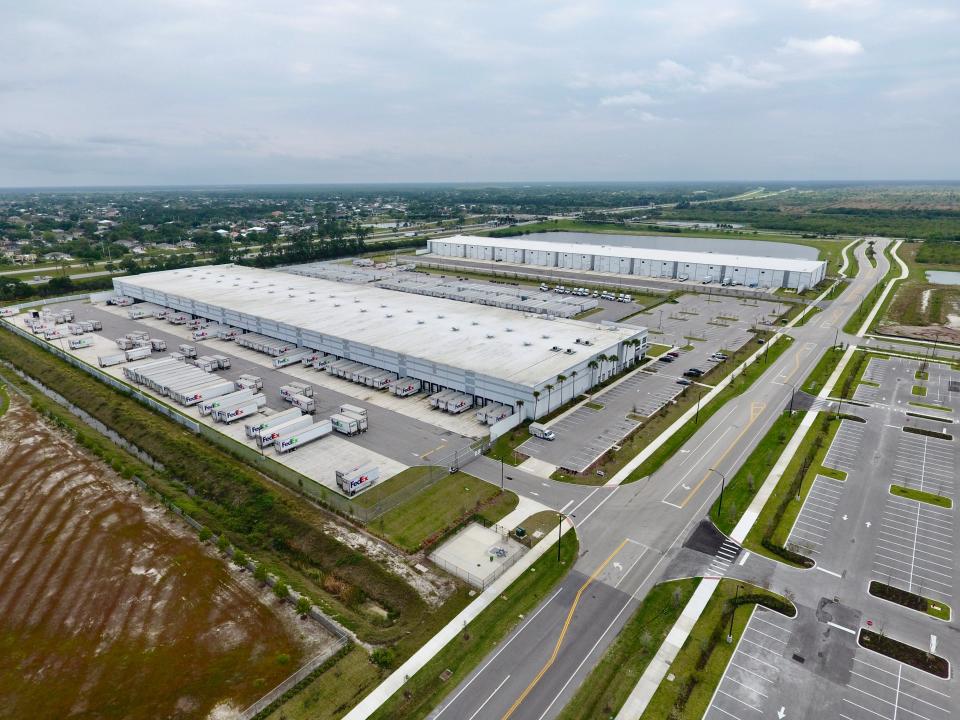
Meetings kick off: With MLB stadium full of folks moving here, widen urban area around Vero Beach, Sebastian?
See what happened: Indian River County consultants showed this presentation about the urban services boundary May 8, 2024
Growth pressures: As growth wave, ag loss, possible Buc-ee's head north, will leaders have guts to say no?
Expand urban services boundary? Giddy over I-95-Oslo work south of Vero Beach? Don't be: Jobs, industry, growth big issues
The southern Treasure Coast, thanks in part to rampant growth in Port St. Lucie, is becoming another example of South Florida urban sprawl and problems related to traffic, the environment, water supply, stormwater and the like.
Drive north on Interstate 95 to see seemingly uncontrolled development choking once rural parts of south Brevard County (before the sprawling Viera farther north).
The good news is that’s not what dozens of residents attending Indian River County’s first urban services boundary workshop want to see.
The bad news is there is major pressure on the county to expand like its growth-happy neighbors.
In fact, developers “are lining up at the door every morning” asking to build outside the area where the county provides services such as water, sewer and paved roads, according to Andy Sobczak, the county’s planning & development services director.
Enough capacity for future population?
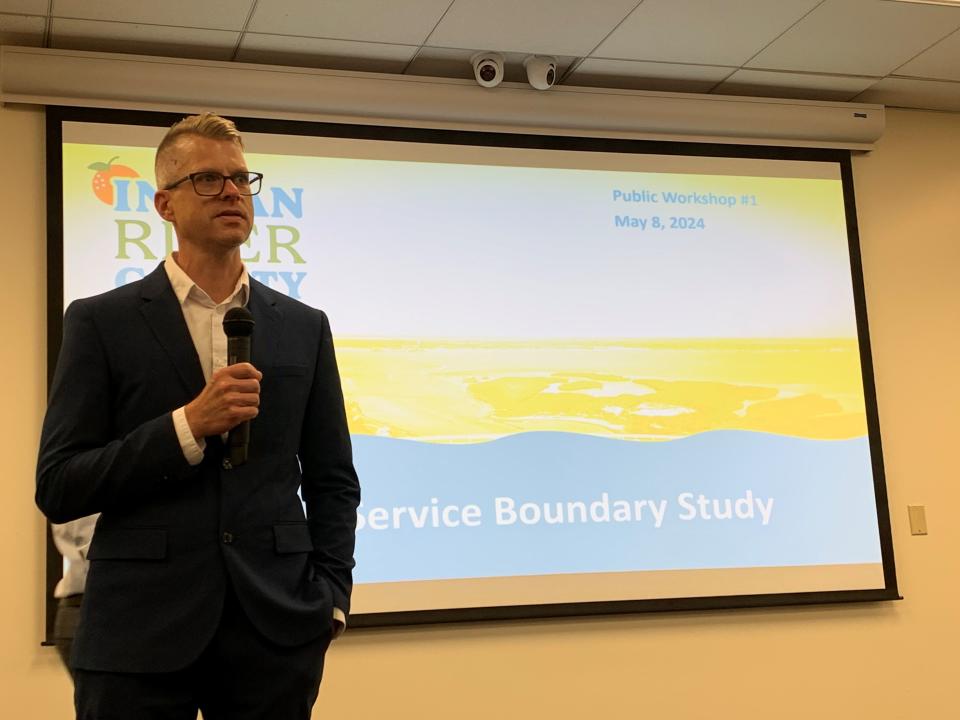
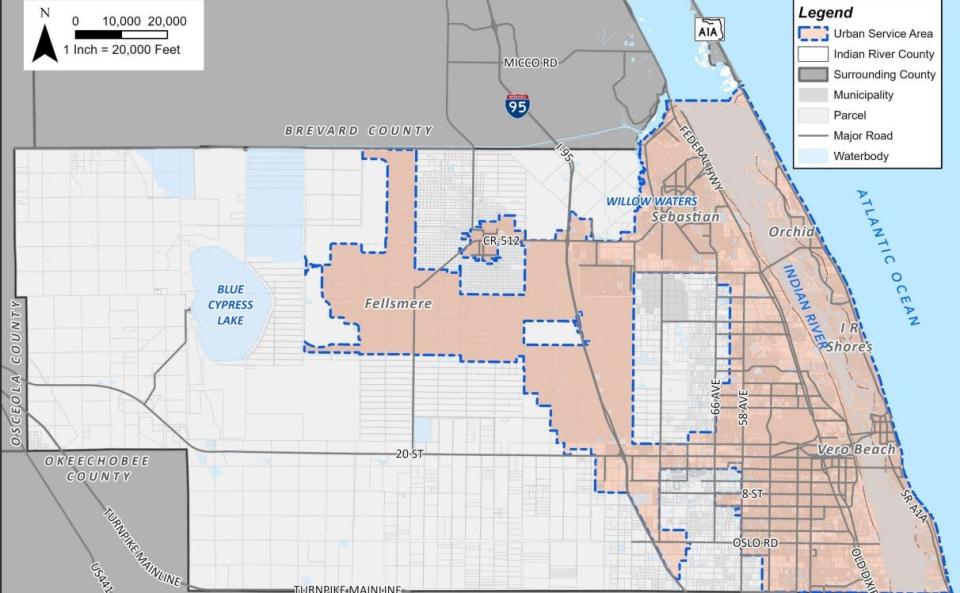
It’s one reason the county is holding workshops to help residents understand where and what the urban services boundary is and whether it should be expanded. Outside the boundary, mostly to the west, a maximum of one unit per five acres can be built.
Part of the discussion is about state requirements the county have enough developable land to accommodate the 37,100 additional people projected to move here by 2050.
The other day, county consultants said studies show there is enough capacity inside the unincorporated county to handle 51,049 additional people.
Based on estimates made after Sebastian and Fellsmere expanded their boundaries the past 15 years or so, those cities potentially could accommodate nearly 100,000 additional new residents.
What’s more, Vero Beach is looking at allowing more housing ― including having a developer build up to 240 units with rents as low as $900 a month on 14 acres of the old city nursery near the railroad tracks — to help “revitalize” downtown.
Thus, handling projected population is no justification to expand the urban services area.
I heard only three potentially legitimate reasons to tweak it.
To make the delivery of urban services more efficient by rounding off jagged boundaries adjacent to current areas.
To make land available in so-called doughnut holes, two huge areas surrounded by urban services east of I-95, solely for affordable housing.
For "economic development" near the I-95 and Oslo Road interchange expected to be completed in 2027.
Require high bar for Indian River County changes
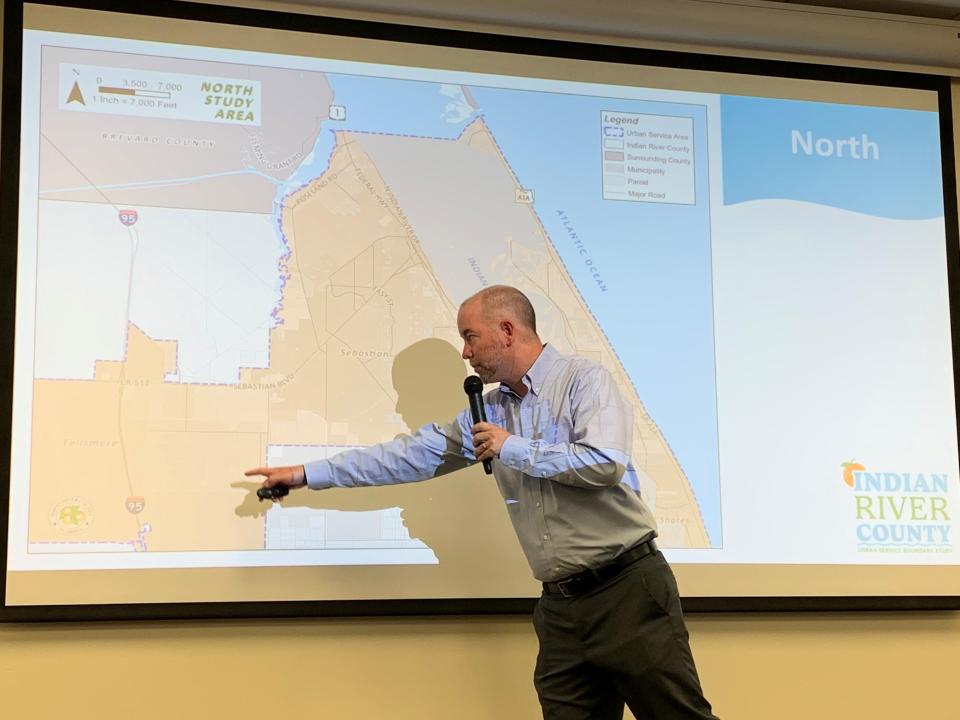
The first option makes the most sense. provided the county requires such development to be affordable housing.
In a survey done as part of the study — you can take it at inspire-engagement.com/indian-river-usb ― residents so far have said that impacts on the environment, traffic, water and other infrastructure are their biggest concerns about the future.
As some speakers at the May 8 meeting noted, the more workers ― landscapers, tradespeople, service industry employees, teachers, nurses, etc. — who can afford to live in Indian River County, the fewer who will have to commute from other counties. That could reduce impacts on employee shortages and traffic and ensure we can keep businesses open.
Each of the three aforementioned urban expansion ideas should face high hurdles before being seriously considered.
The doughnut holes and other areas outside the boundary are inhabited by folks who might have their own farms or want acreage for pets, hobbies, etc. They don’t want to be encroached upon by development. Such conflicts already occur inside our urban boundary.
As for heading west, including the Oslo Road interchange, Indian River County residents should not suffer the same plight as much of the rest of Florida: distribution centers, housing developments, interchange gasoline station-restaurant-hotel ugliness. Just look at what the entryways to our community have become on State Road 60 and County Road 512.
The reasons not to expand the urban services area are compelling, including one in particular.
One reader who read a recent column of mine highlighted what to her is the bottom line: "There's no reason to expand urban services when they cannot be delivered efficiently to people inside the urban area (now).”
Although the county is doing a utilities study, it has no solid plan to extend sewer service to tens of thousands of residents inside the urban area — in the unincorporated county and Sebastian, which it serves ― who now use septic tanks. Such tanks are blamed for contributing to Indian River Lagoon pollution.
Work with Sebastian, Fellsmere
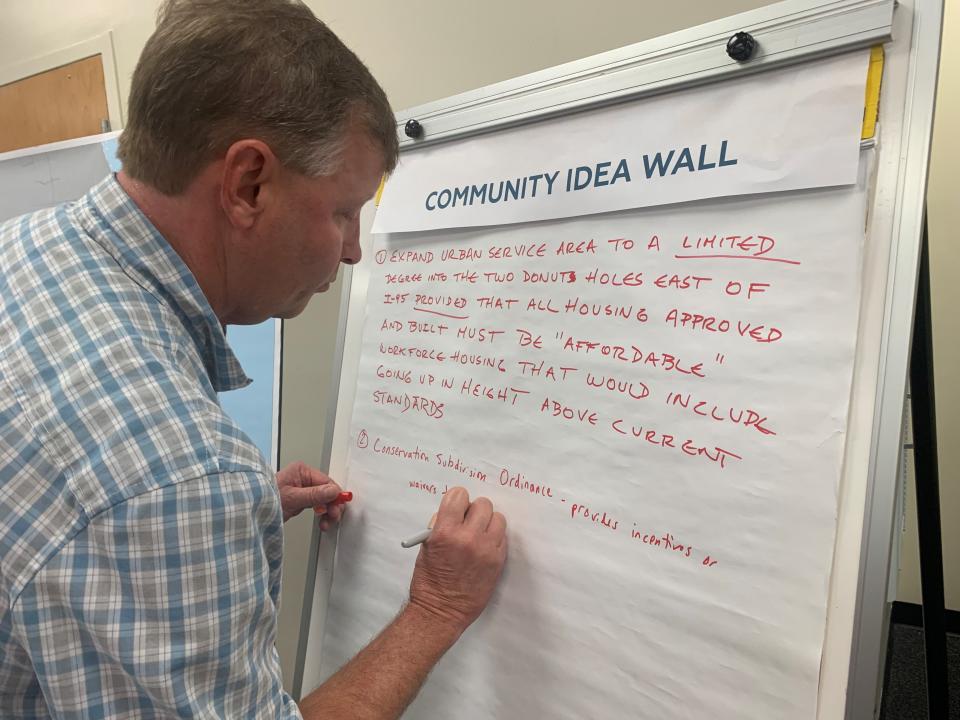
What’s more, there’s only so much drinking water available. Before he left the County Commission in 2022, Peter O’Bryan warned of a time when county residents might have to get from their taps well-treated wastewater.
And, as we learned during COVID, it’s important we protect local agriculture. Local food supply chains are critical, from protein to produce.
Graham Cox, an ecological economist and leader with the Pelican Island Audubon Society, said the county needs to have a natural resources plan before it decides to expand the urban services area. That makes sense.
What would make sense, too, is if the commission ― having begun meetings with municipalities last year under the leadership of Joe Earman, then its chairman — continue such conversations.
In the end, regardless of how prudent the county is, places like Sebastian and Fellsmere can continue to gobble up land for development. An interlocal agreement — where everyone commits to healthy and predictable growth patterns and land-use rules ― would be in everyone’s best interest.
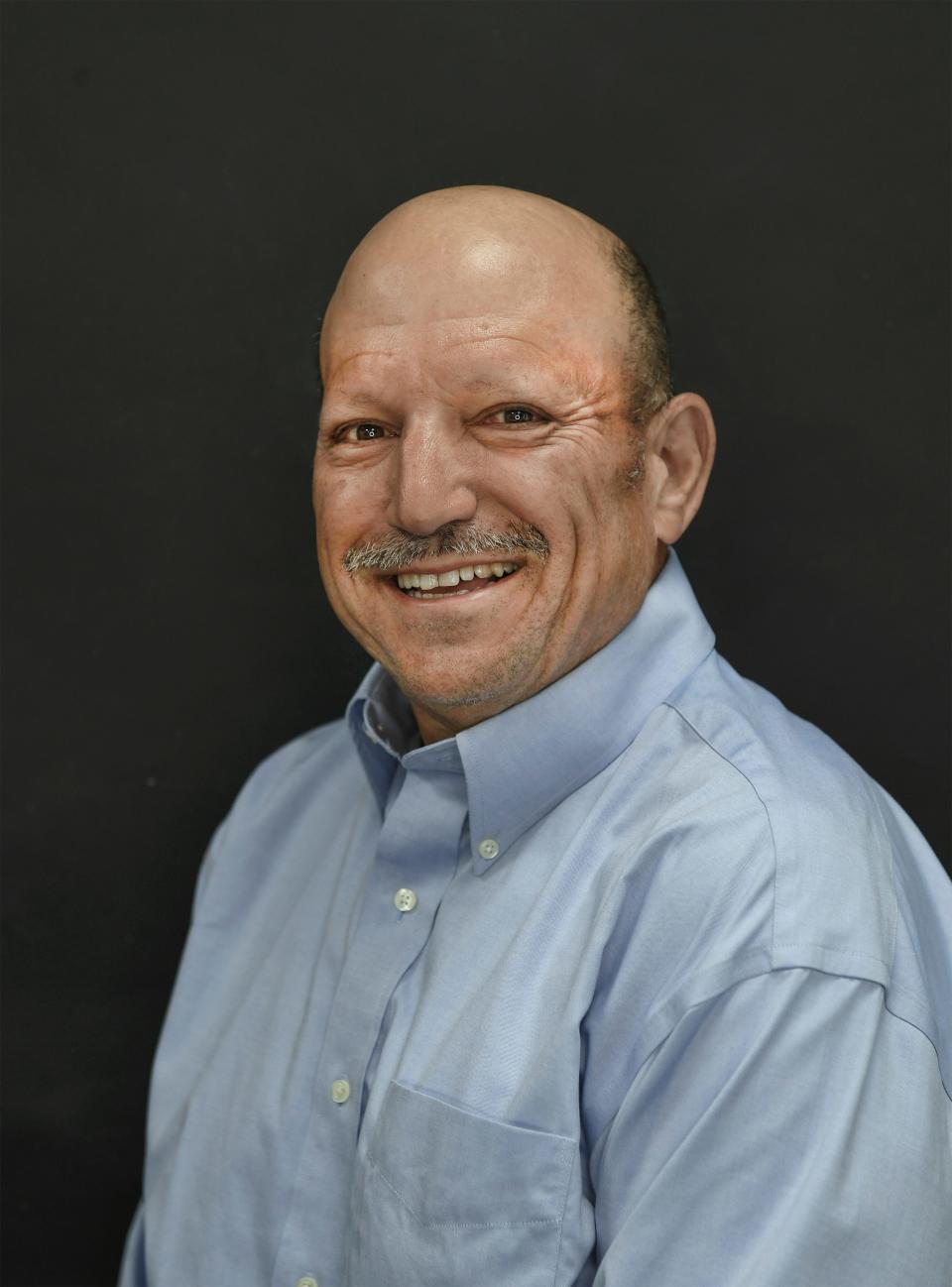
What’s most important now is residents take the survey and attend future meetings ― 11:30 a.m. and 6:30 p.m. May 22 at the Intergenerational Center, 1590 Ninth Street SW, Vero Beach; and May 29 at the County Commission chambers, Building A, 1801 27th St., Vero Beach.
Now is the time to ensure we don’t replicate mistakes of the past.
This column reflects the opinion of Laurence Reisman. Contact him via email at larry.reisman@tcpalm.com, phone at 772-978-2223, Facebook.com/larryreisman or Twitter @LaurenceReisman.
If you are a subscriber, thank you. If not, become a subscriber to get the latest local news on the latest local news on the Treasure Coast.
This article originally appeared on Treasure Coast Newspapers: Study says a lot as Indian River County considers urban expansion

